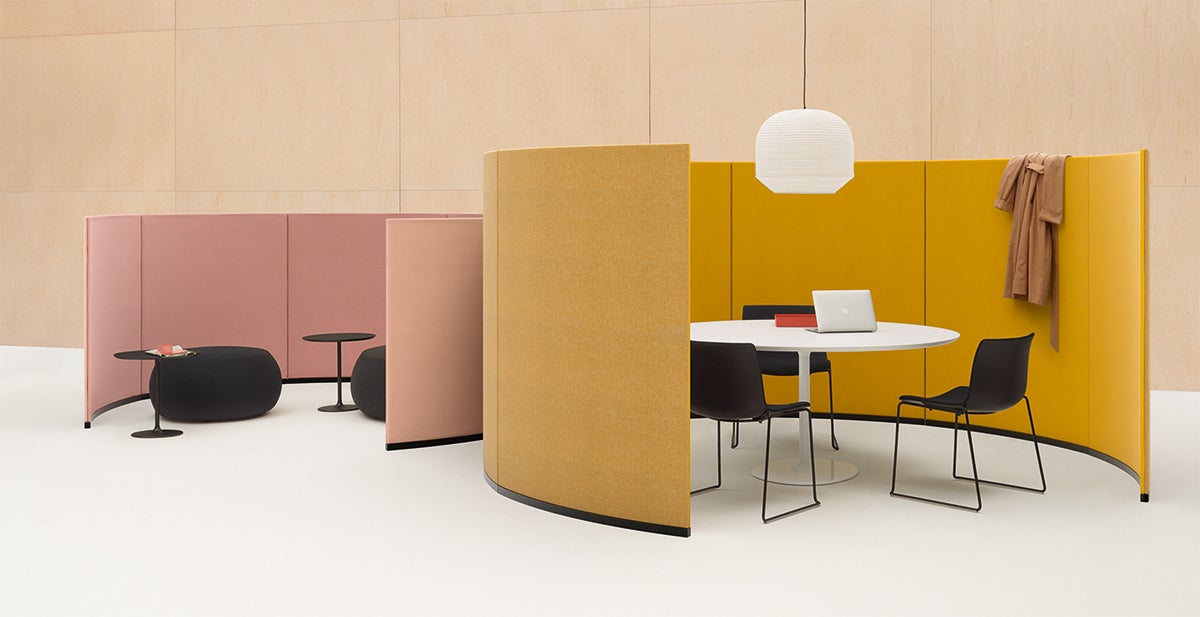The quest for a quieter environment is no longer in vain. Design has caught up with sound-absorbing tech, offering stylish solutions so that you can enjoy the (almost) silence.
Today, the cacophony of daily life has reached almost unbearable levels, which explains the ubiquity of noise-canceling headphones. Yet, in our culture of collective digital overshare, it’s not uncommon to hear strangers blasting music on the subway or screaming on a video call in a restaurant. Our need to tune things out feels more like an act of survival than a simple desire to finish the last 30 minutes of that podcast.
Amar Bose, founder of the audio company that bears his name, first conceived of noise cancellation on a flight from Zurich to Boston. It was 1978, and although air travel was then a more dignified affair, the engines were much louder. Members of the U.S. Air Force could relate, and Bose spent nearly a decade producing prototypes that were evaluated by the military pilots during flight tests.

BOH subscribers and BOH Insiders.










































